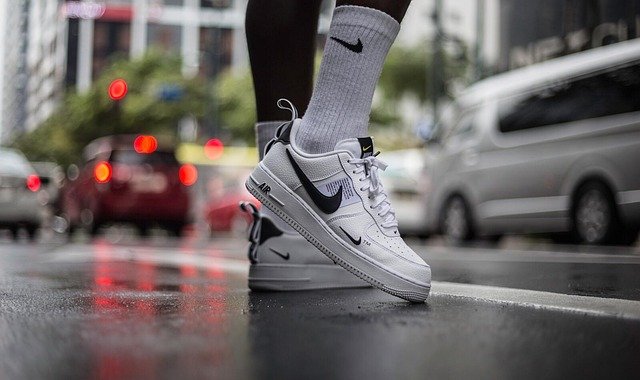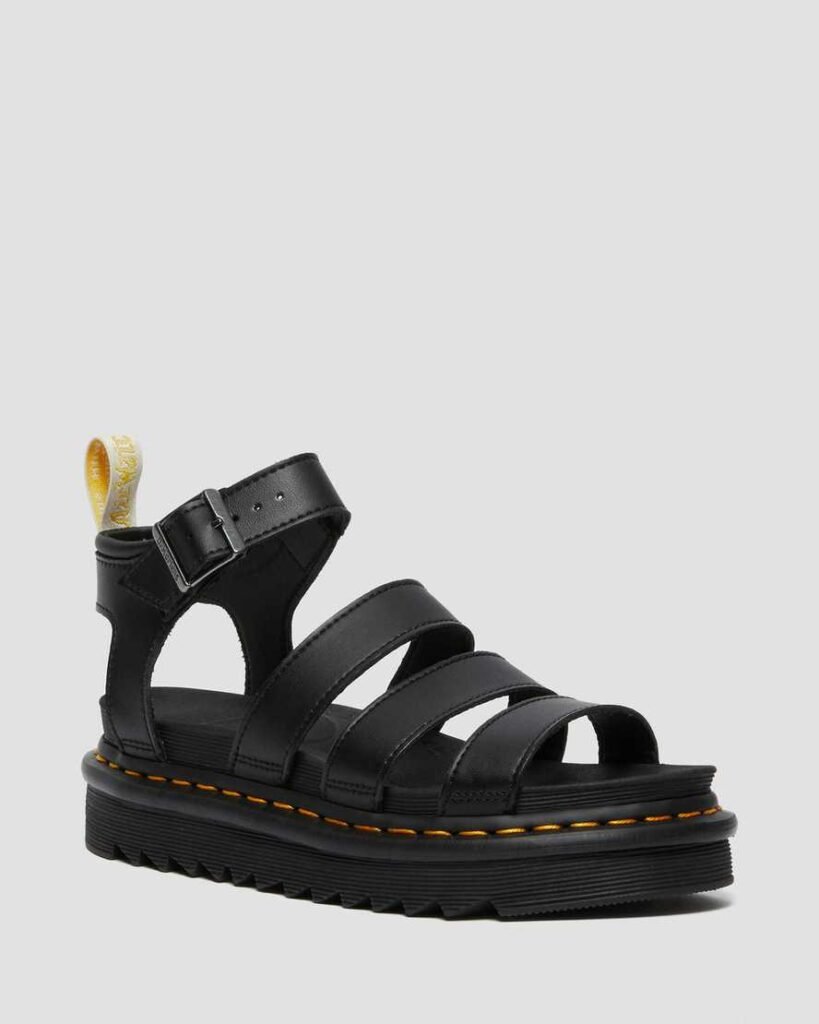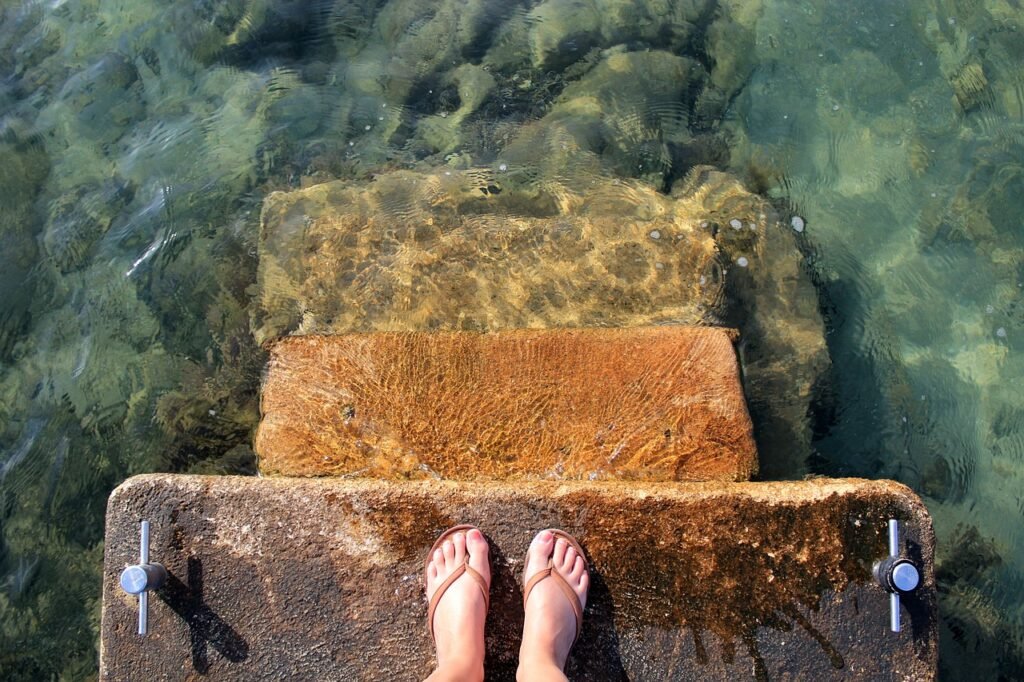Understanding Footwear in Japanese Culture
In Japan, footwear is not just about fashion; it’s deeply rooted in the culture and traditions. Before you pack for your next trip, here’s what you need to know about what to wear on your feet and when.
The Do’s and Don’ts of Footwear in Japan
1. Flip Flops: A Casual Choice
While flip-flops might be comfortable for a quick beach visit or a midnight dash to the convenience store, they are not the preferred footwear for most situations in Japan. Instead, consider opting for ballet flats, loafers, boat shoes, or even stylish slip-on sneakers.
2. Open-Toed Shoes and Sandals: Less Common but Not Forbidden
You may observe that open-toed shoes and sandals are not as prevalent in Japan. However, that doesn’t mean they’re off-limits. If you choose to wear them, ensure they are neat and clean.

3. Conservative Clothing: A Safe Bet
When touring Japan, it’s wise to avoid overly revealing clothing like tank tops, shorts, or mini-skirts. Dressing conservatively, even if you aren’t planning to visit religious sites, is always appreciated.
4. Slippers and Socks: A Sign of Respect
Entering someone’s home in Japan? Remember to bring along a fresh pair of socks if you’re not already wearing them. Walking barefoot inside a home is seen as impolite, except in casual settings. Slippers are acceptable, but avoid them in rooms with tatami flooring.
5. Socks with Sandals: A Unique Tradition
The Japanese have a unique tradition of wearing Tabi – split-toe socks – with their traditional sandals. These socks, commonly white, are paired with formal attire, such as kimonos during events like tea ceremonies.

6. Sneakers: Universally Accepted
Wondering if sneakers are acceptable in Japan? Absolutely! Whether they are heels, flats, boots, or sandals, all footwear styles are welcomed. However, keep them clean and in good condition.
7. Tights and Leggings: Perfect for Cooler Months
Leggings are popular in Japan, especially during the colder seasons. If you choose to wear them, ensure they are paired with appropriate clothing to avoid looking too casual or provocative.
8. Dining Etiquette: Finish Your Meal
When dining in Japan, it’s seen as respectful to finish all the food on your plate. Avoid making noises while eating and ensure you are mindful of basic dining etiquette like not clicking chopsticks or slurping loudly.
9. Tipping: Not a Common Practice
While tipping is customary in many countries, in Japan, it’s often declined. The belief is that good service is included in the dining or service experience, eliminating the need for extra gratuities.

10. Trendy Footwear for 2023: Stay in Style
If you’re looking to fit in with the latest footwear trends in Tokyo for summer 2023, consider the retro Mary Jane, transparent clear sandals, ballet flats, thick-soled sandals, or platform loafers.
11. Dress Code in Restaurants: Leave Your Worries Outside
In Japan, there’s a beautiful custom of leaving one’s shoes outside before entering certain places like houses, temples, and some restaurants. It signifies leaving behind the outside world’s stress and worries and entering a peaceful environment.
Conclusion
Japan, with its rich history and culture, has specific etiquette for almost every aspect of life, and footwear is no exception. Understanding and respecting these traditions can enhance your experience and allow you to connect deeper with the local culture. Whether you’re walking the bustling streets of Tokyo or visiting a serene temple in Kyoto, remember these footwear guidelines, and you’ll fit right in! Safe travels!
- Are There Tigers in Japan? Discover the Surprising Truth Behind These Majestic Creatures! - August 3, 2025
- Discover the Charm of Nagoya: Top 10 Must-Do Experiences - November 9, 2023
- Embracing the Samurai Spirit: Beyond the Blade - November 7, 2023
